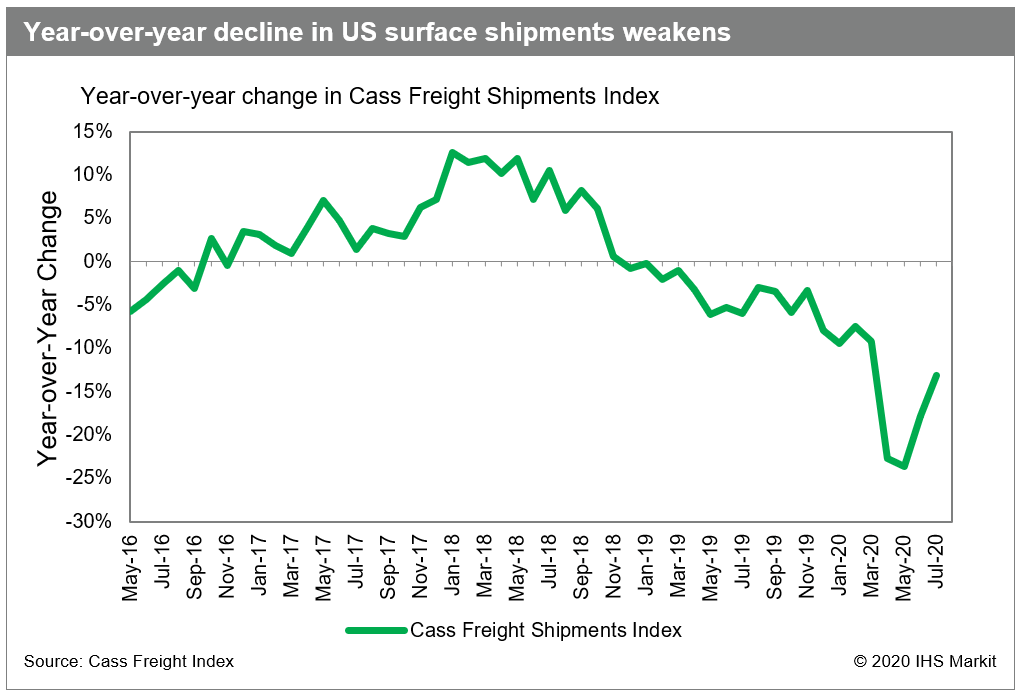How to Get the Best Carrier Rates

Make data-driven decisions.
Grow your business with competitive pricing and negotiating.
Maintaining your equipment, managing your business relationships, and controlling fuel costs are important parts of running an effective trucking business. But cash flow may be the most important piece in keeping your business operational and profitable.
It’s a good idea to keep a reserve of cash that you can tap into in difficult times. Lining up sources of fast capital will help you if you need cash quickly. After you have emergency funds set up, finding the highest-paying carrier rates is the best way to become—and stay—profitable.
Truckload carrier rates fluctuate based on supply and demand, so it can be challenging to get consistently strong rates for hauling freight. By understanding how carrier rates work, you can find more of the right load types and get a better payout for your work.
What are freight carrier rates?
A freight carrier rate is a price a company pays to transport cargo from one place to another or the driver’s rate for carrying freight. While companies that need to ship cargo generally look for the lowest carrier rates possible, truckers do the opposite. If you can find high carrier rates, you can earn more dollars per mile when carrying freight.
As there are two trucking modes in the business (full truckload and less than load, or LTL), you can expect different rates. In some cases, you can get better LTL rates than full truckload rates, but it also depends on market factors, what you’re delivering, and how many stops you need to make. That’s why full truckload carrier rates and LTL carrier rates are calculated differently.
How are freight carrier rates calculated?
To find the best carrier rates, it helps to be aware of the differences in how they’re calculated.
Truckload freight rates
With full truckloads, the weight and density are part of the equation, but mileage is the most important. Truckload rates are calculated before the job with these things in mind:
- Season: Seasons with a high demand for shipping tend to pay better rates.
- Mileage: The number of miles you’ll be paid for when hauling freight.
- Fuel costs: Fuel costs can vary depending on traffic, weather, and other factors.
- Transit time: The time it takes to get from one place to another.
- Lead time: The amount of time allotted for the cargo to be transported.
LTL rates
Unlike full truckload rates, LTL rates are impacted by the type of cargo being delivered. Expect LTL rates to be calculated based on elements like:
- Weight: The total weight of the cargo
- Density: How much the cargo weighs in relation to its size
- Classification: Freight is classified based on the need for security, special handling, and other factors.
- Distance: The distance between the cargo’s point of origin and its destination
- Accessorial: Services you provide that are outside of regular shipping duties
What causes carrier rates to fluctuate?
The factors listed above can all cause freight carrier rates to shift up or down to some degree. For example, rates tend to change depending on the season, but not always.
Rates can also change year to year based on shipping demand and larger economic factors like inflation and world events. In 2020, there was a slight decline in U.S. surface shipments due to the shrinking economy, but freight rates dropped further when news of the COVID-19 pandemic hit.
Thankfully, those numbers quickly began to recover as stores and businesses started reopening under new safety guidelines.

(Source: JOC.com)
In fact, freight carrier rates hit an all-time high in the summer of 2020 due to high load volumes. At one point, the outbound tender volume index (OTVI)—an index of electronically tendered freight volumes—was up 31% compared to 2019 and 34% above the value from 2018.
It’s important to keep track of changes like these to get an idea of how rates are shifting. If market experts predict a rise in rates, you may be able to take advantage of them.
What is the average range for carrier rates in the U.S.?
Freight rates change daily, so it can be difficult to pin down an average range of carrier rates in the U.S. There are also wide swings in trucking rates, and different experts have come to different conclusions about what makes up an average.
Compensation per mile also depends on the type of driver doing the hauling and their relationship with the company ordering the freight to be moved. According to the 2019 Freight Rate Survey by the Owner-Operator Independent Drivers Association (OOIDA), owner-operators earned an average of $2.12 per mile in 2019. Most other non-owner drivers earned an average of $1.85 per mile.
In general, average carrier rates in the U.S. range from $1.50 to $2.50 per mile.
What loads pay the best carrier rates?
Loads that must be loaded onto a flatbed tend to pay the best carrier rates. Flatbed loads usually include special equipment or large manufactured goods that can’t fit into a container. If your load is oversized, you could earn even more per mile, although you’ll need to take all the necessary precautions.
In some cases, LTL can pay better than full truckload and OTR rates. Part of the reason is that LTL drivers often have more experience. But it’s also because LTL generally requires multiple stops and may include accessorial services like loading and unloading.
You can also expect better rates depending on where you operate and what you haul. For example, ice road truckers make substantially more because of their work’s remote nature and the risk involved. Similarly, truckers who haul hazardous materials can expect to get much better carrier rates because they offer a specialized service.
Find the most accurate carrier rates.

With Truckstop Rate Estimate, you can put guesswork aside when looking for the best, most accurate carrier rates.
Rate Estimate is a decision tool that gives you access to real-time carrier rates. It provides you with detailed information about equipment rates, trending rates, fuel management, and much more. You can even see truck supply-and-demand at specific origin and destination locations.
With accurate information, you can get the best carrier rates possible and ensure your business stays profitable. Schedule a free demonstration of Truckstop today to find out more.

Find out how our platform gives you the visibility you need to get more done.
Get helpful content delivered to your inbox.
Schedule a demo.
Find out how our platform gives you the visibility you need to get more done.





